
Started listening to “Throne of Jade”by Naomi Novik 📚
Heard a podcast about Master & Commander which put me in the mood for Napoleonic wars… with dragons! 🐉

Started listening to “Throne of Jade”by Naomi Novik 📚
Heard a podcast about Master & Commander which put me in the mood for Napoleonic wars… with dragons! 🐉
Been a while since I posted a #truelove quote 💁♂️
Her: “Ever since you cut your hair short you look like a pineapple face.”
Me: “Je ne suis pas un ananas”

Chinowa #Japan #Shrine ⛩️
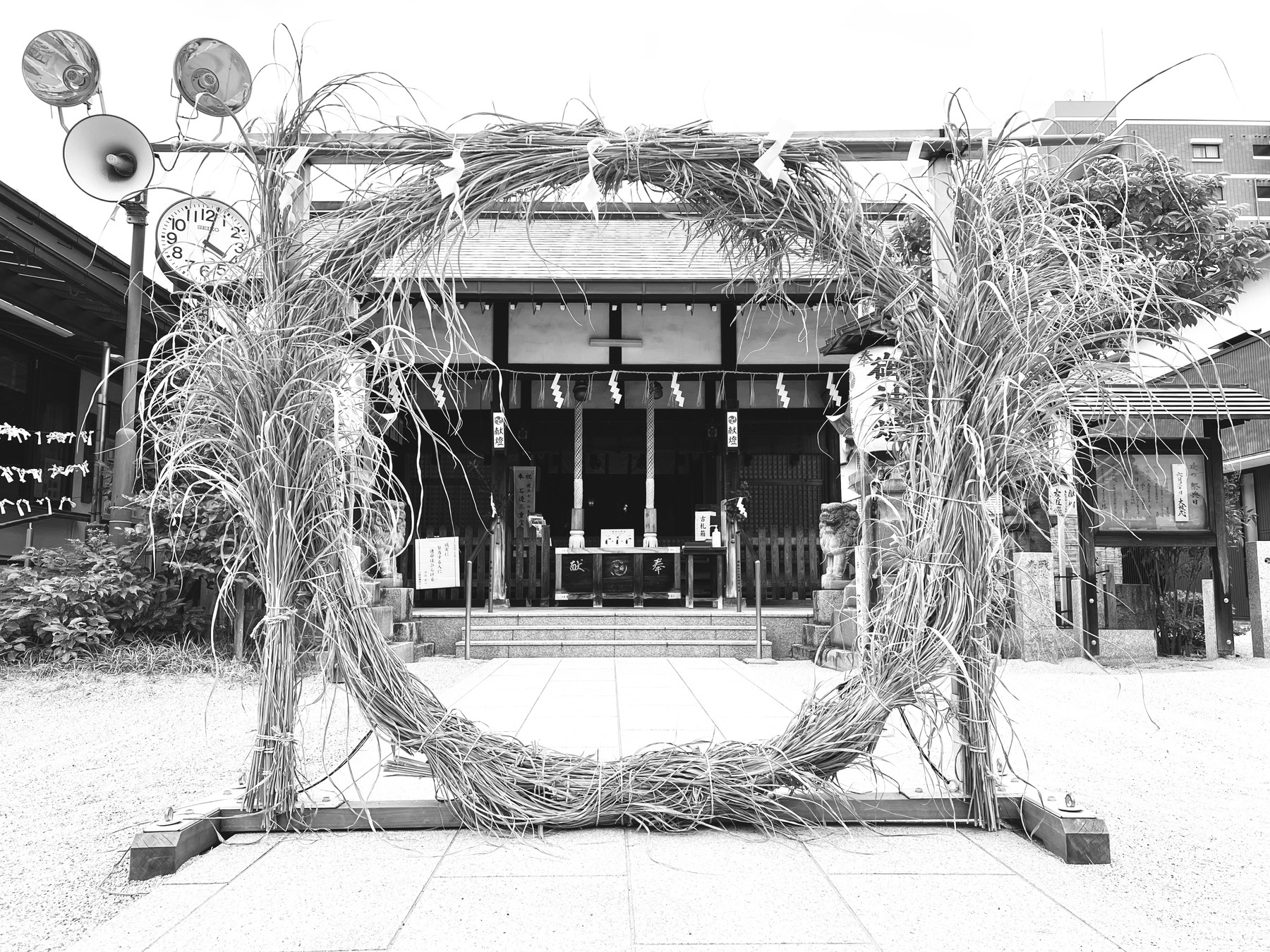
Panelists from the Atlantic Council give a primer on #internetgovernance history, how things changed with the Snowden revelations, the recent push for multilateralism, and how China sees the Global Digital Compact as a way to gain more leverage.
Whoa! Slay 💅 #bloomScrolling
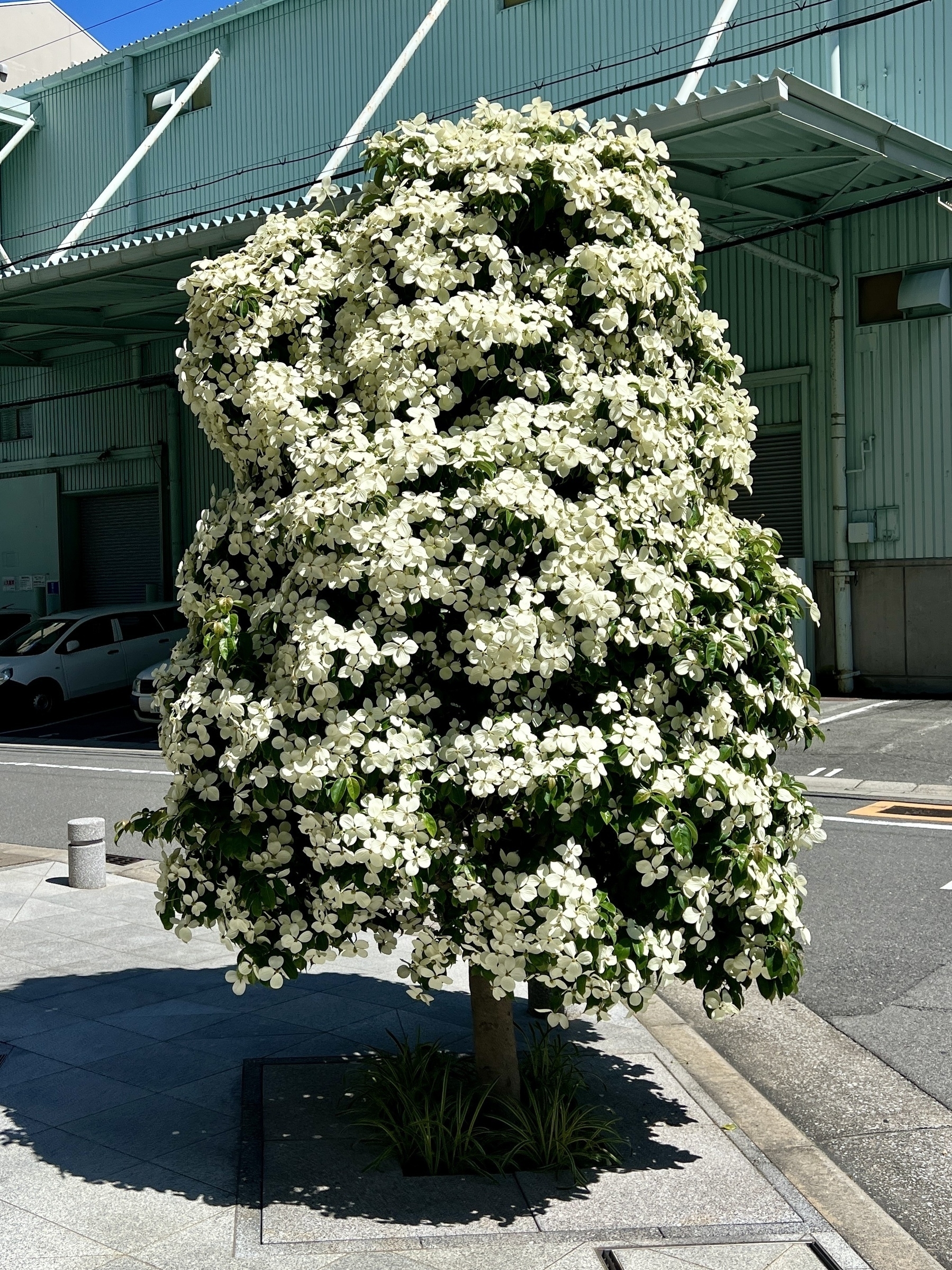
Other than last day of school, it’s last day of Spring & National Indigenous Peoples Day, but also the 3rd anniversary of my father’s death. So I’m looking back on my writing and reflecting:
Last day of school. 👩🎓
(No more lunch-making! 🙌 Daily fights about internet usage 😒)
Night run photo. 🏃♂️
Getting close to that full Moon and the end of spring 🌱💐
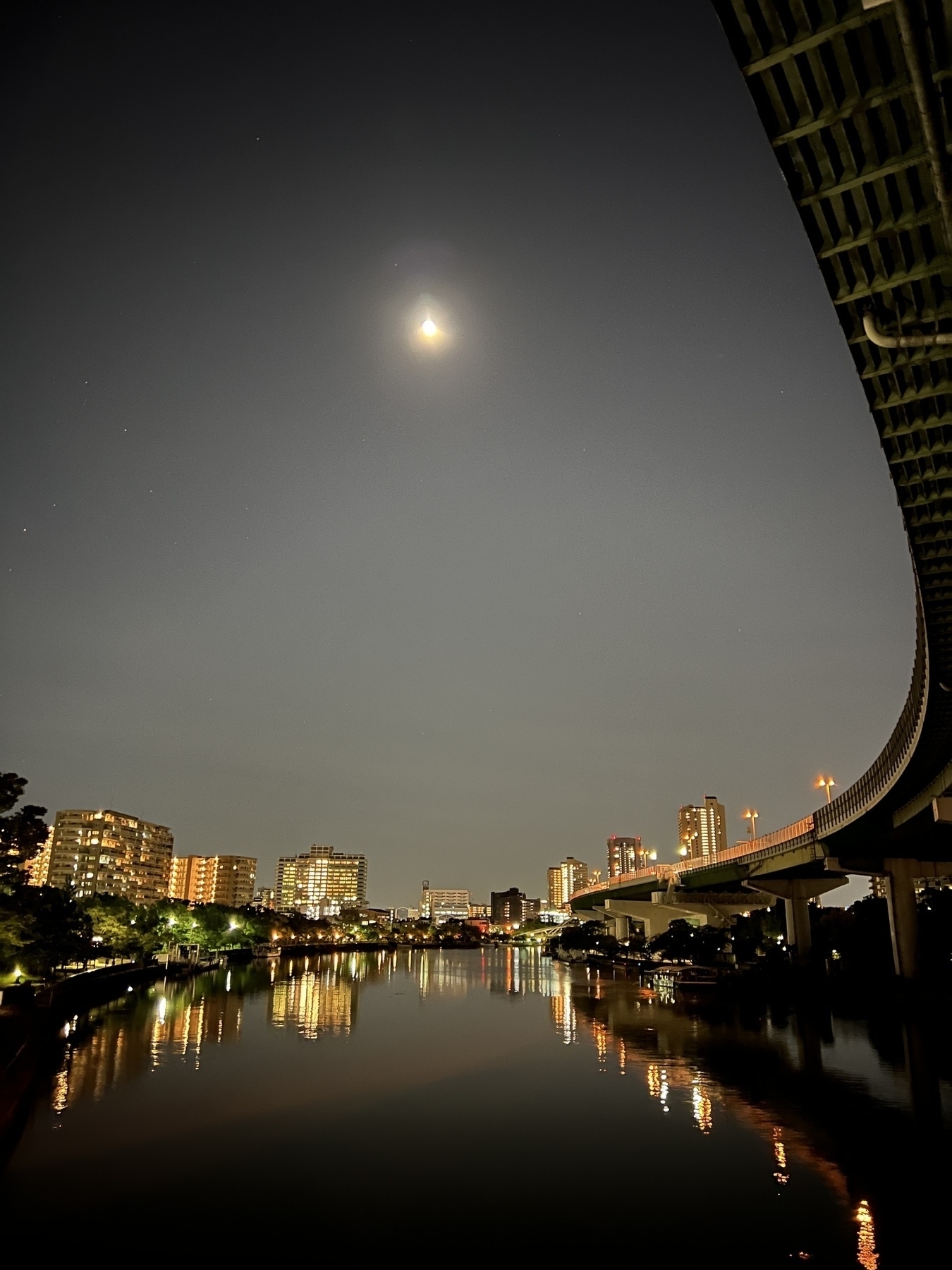
Imagination: A Manifesto (A Norton Short) by Ruha Benjamin 📚 In order to flourish as individuals and a society we must free ourselves from the strictures of standardized testing, industrialized education, “accelerated learning”, technocratic utopianism, solutionism, longtermism, white supremacy and eugenic thinking, the carceral state, credit scoring and the “ordinal society” (See Fourcade and Healy), and more! It is hard to be imaginative when we are oppressed… but we have to be imaginative to overthrow the oppressors.
Warming up to listen to the whole new Evgeny Morozov podcast series with an excellent interview by @bigblackjacobin.bsky.social and @jathan.bsky.social from This Machine Kills
I am in the middle of two book series right now: Joe Abercrombie’s (@joeabercrombie.bsky.social) “The First Law” and Adrian Tchaikovsky’s (@aptshadow.bsky.social) “The Final Architecture”. In the middle I tells ya!
A handmade #FathersDay card from my smart A 12 year old daughter. Pretty great despite the commentary track. 🧝♀️💍⚔️(Both my kids spitefully refuse to watch the films or read the books because I have been trying to get them to since they were little)



Oh I am so happy this out! Just dropped and can’t wait to listen. Thank you @tatsushu@historians.social
#ikijima #壱岐島
Packing, packing, packing… 📦 📦 📦
11th move in 4 years, 3 of which were international moves under pandemic conditions. We are getting good at this, but tbh I don’t want to do it anymore 😭
Whoa! New Evgeny Morozov podcast just dropped! (With music by Brian Eno!)
Various hydrangea #bloomscrolling #japan




Rokuharamitsuji. See how colourful Japanese temples used to be before all the wabi-sabi? Finally got to see the Kūya statue. He’s said to have introduced the nenbutsu to Japan. The figures coming out his mouth represent the syllables NA-MO-A-MI-DA-BUTSU #kyoto #Japan #Buddhism
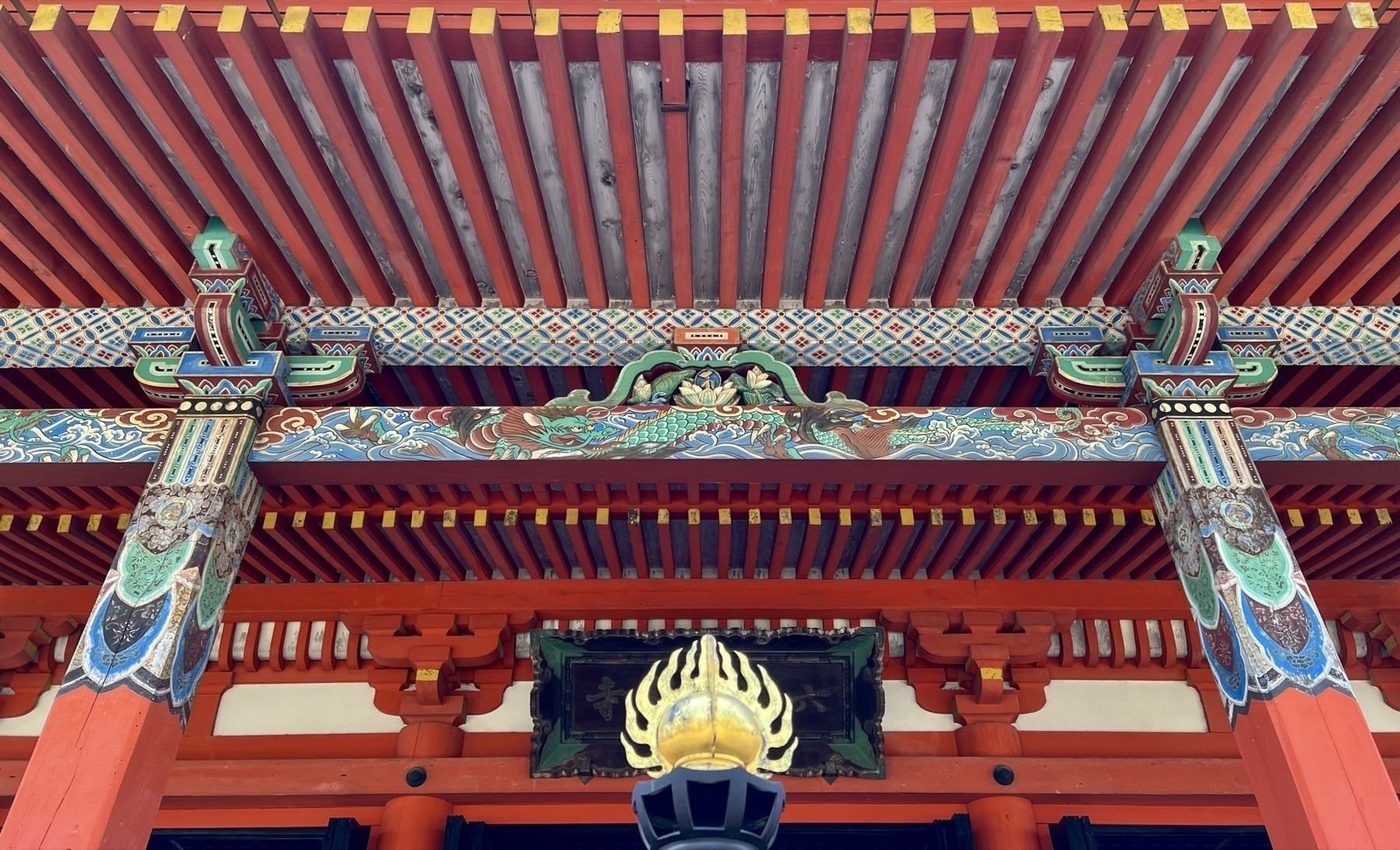
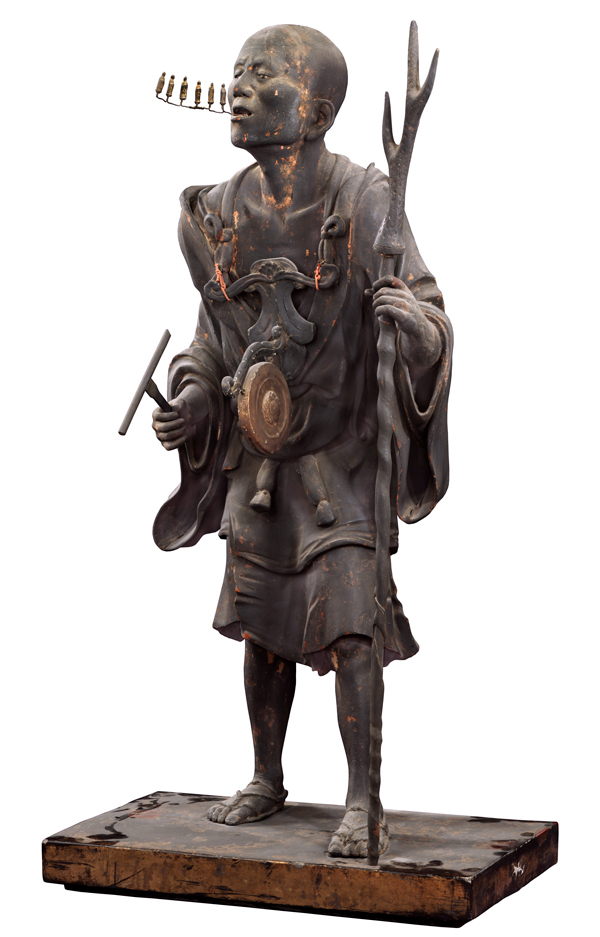
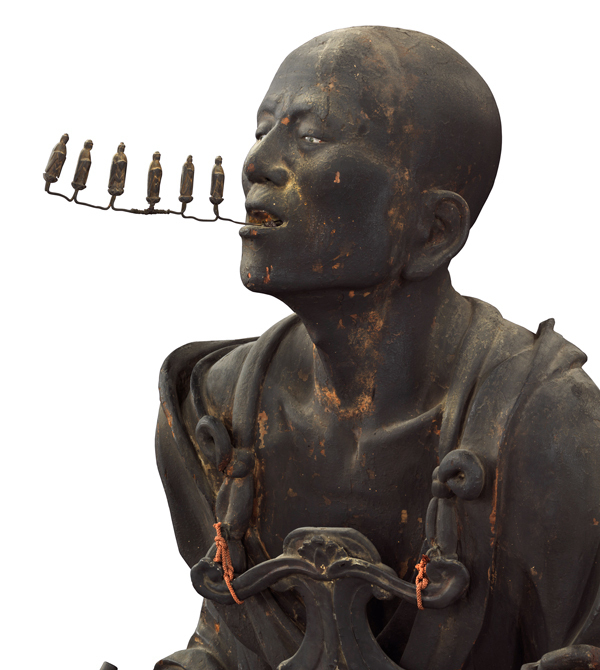
At Sanjusangendo, the EXTRA WIDE temple built to accomodate 1000 life-sized 1000-armed Kannon. Inside is ASTOUNDING (no pics 😞). My 1st time after 25 yrs in Kyoto! This is the backside where they have an annual archery competition where young women wear their best kimono and shoot for New Years

Apparently my Gr9 daughter’s friend group says that I am “basically three teenage girls in a trenchcoat” 🤷♂️💅
During my run tonight I was encouraged by this banger: “Run towards your future!”
spamrisk.bandcamp.com/track/goo…
#anarchism #punk #bookchin #MutualAid #utopia